With accessing to a wide range of foam materials with both closed cell and open cell foam, foam gaskets, also called foam seals and sponge gaskets, can be easily fabricated into various custom sizes and shapes. Due to versatile performance on shock absorption, sound dampening, water-proofing, gap filling and tightness, foam gaskets are widely used in a vast range of applications and industries.
PREPARATION OF FOAM GASKETS MANUFACTURE: DIE CUT STEEL MOLD
When it comes to foam fabrication, there are several different foam fabrication methods that can be used. CNC contour cutting, convoluting cutting, injection molding, lamination, die cutting – these are all different techniques that are used in the creation of foam products.
But today we’re going to focus on just one of these – die cutting. Let’s find out now!
Breif Introduction of Die Cutting
Dies are a specialised tool that are used in the manufacturing process. Like molds, dies are designed to cut or shape a material. They can be used to cut anything from plastic, to wood, to felt, fabric, paperboard, and foam.
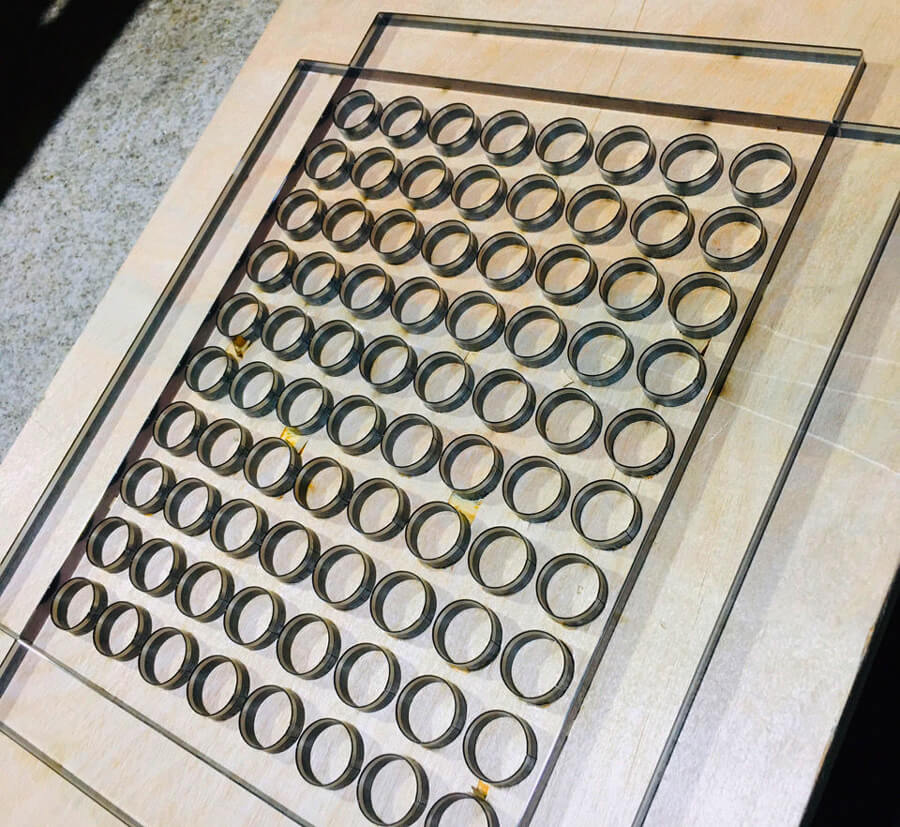
In most cases dies are customised to meet the needs of the consumer. They can be cut into almost any shape, pattern,
or design, and can therefore be used for a wide range of products. Everything from paperclips, to household products, and packaging supplies are created from die molds. In terms of foam, dies are often used to create things like gaskets, foam inserts, and other foam products.
How Does Die Cutting Steel Mold Work?
When it comes to foam fabrication, the die cutting steel mold process is pretty simple. First, a CAD (Computer Aided Design) will be created. This design will help to create the custom shape and layout of the mold, and will reflect the exact needs of what the consumer is looking for.
Once the design is perfected, the materials are placed inside of a cutting machine and the system does the rest! The result is a customly created foam product that is delivered in just seconds.
The Usages & Applications of Steel Die Cutting?
As mentioned above, die cut steel molds can be used to create any number of products. From appliance parts, to automotive parts, to foam products, and electronic devices, die cut steel molds are used in many of the everyday things that we use.
While there are many different ways to mold parts and products, die cut steel molds remain one of the most popular. The main reason for this is because of the precision of the cut. Die cut steel molds are all digitally created, allowing the manufacturer to create a precise cut each and every time the mold is used.
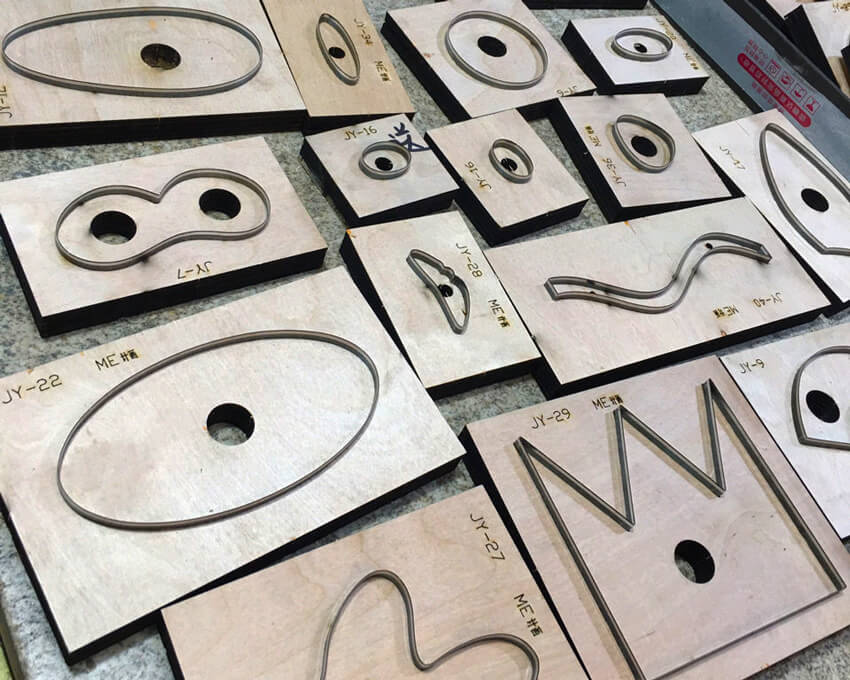
Furthermore, the process of the die cut is not only adaptable, but allows you to create high volumes of items. Once a mold is created, it only takes seconds to create the item. This allows you to generate dozens of items in a short period of time. In conclusion, if you need to fabricate any type of mold for a foam product, the die cut steel mold is a great option for you. The die is not only quick and precise, but also offers one of the best values of all the fabrication processes.
LET’S SEE HOW FOAM GASKETS ARE MADE
There are hundreds of products that rely on foam gaskets. It is often found around a door, providing a strong seal. Though it can also be found in car engines and lighting. Since foam gaskets are so important, let’s take a closer look at how they work.
What are Foam Gaskets (Sponge Gaskets)?
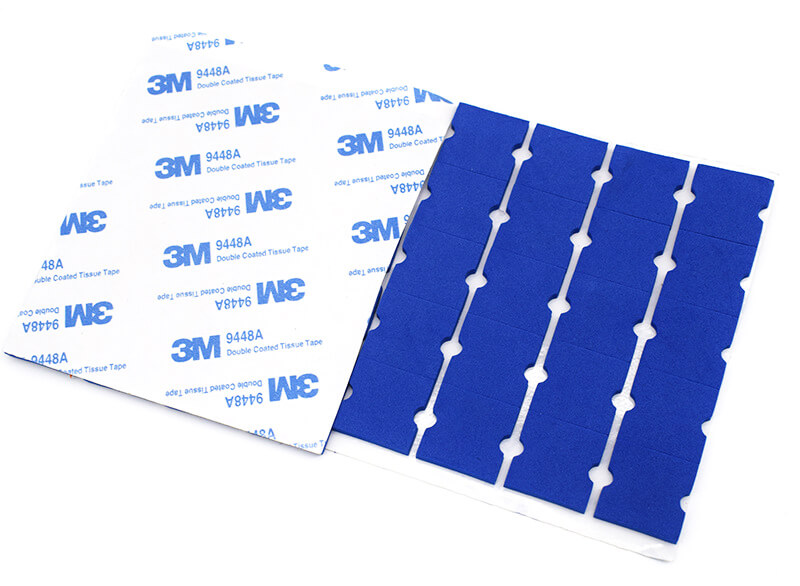
The best place to start is by looking at what foam gaskets are. Often, they will appear as a sponge-like substance. This is used to form a seal, often around a door. To do this, it will need to be molded to the right shape. We’ll discuss how the foam is cut a little later.
There are a few reasons why this type of seal might be employed. First, it has some flexibility. This will allow it to resist vibrations. It will also be suitable for stopping environmental elements. For example, it will be able to absorb some fluids. It can also resist chemicals and sunlight. At other times, a foam gasket will be used to reduce noise.
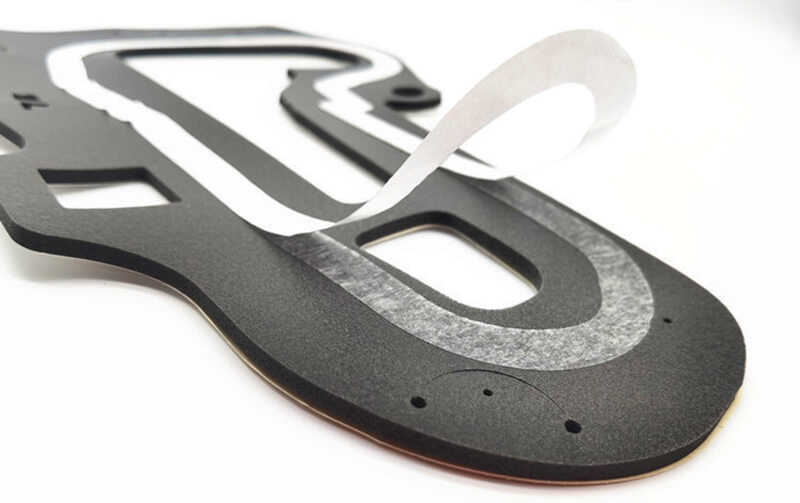
To understand how it gets these properties, we need to look at how they are made. A chemical reaction takes place, where carbon dioxide gas is mixed with chemicals. As the liquid cools, it becomes solid, keeping the bubbles trapped. The type of chemicals used is key to controlling the size of the bubbles formed in the foam, so you can customize the gasket to suit the application.
Types of Foam Materials that Works for Die Cutting. (Closed Cell & Open Cell Foam)
There are a few types of foam gaskets that you can use. Generally, they can be placed into two groups, open and closed. This distinction is made based on the type of bubbles that are formed within the foam.
Closed cell foam is designed to keep each bubble isolated. This prevents air from getting between the foam. In many cases, this is used in areas that need to be resistant to liquids. It also ensures that the wall between each bubble is firmer, so it will be harder to compress the foam.
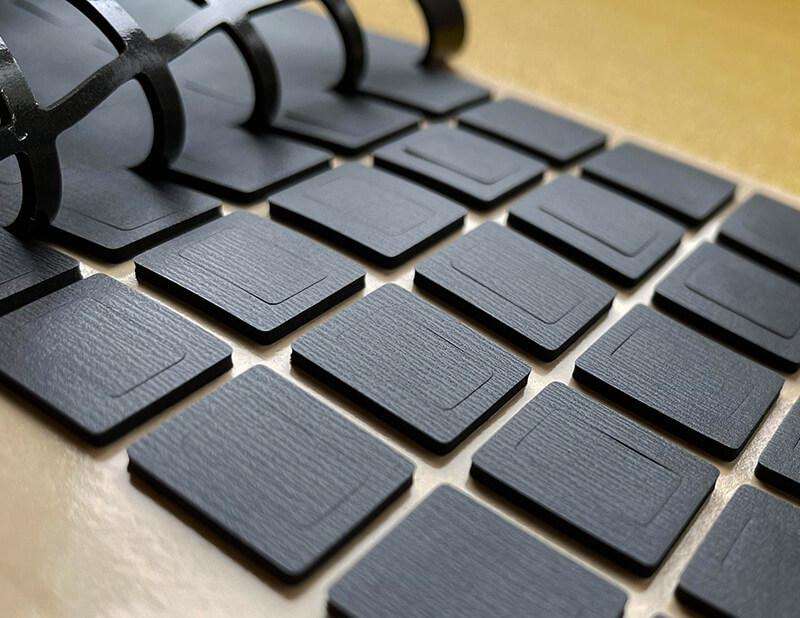
On the other hand, the open cell foam has a connection between the bubbles. Because of this, air and liquids will be able to flow between each one. There are a few benefits to this approach. One of the biggest is the flexibility to respond to changes. Because of this, it will be good for absorbing shock and protecting from vibrations. Though if the foam is compressed it will be hard for a liquid to pass through. Another benefit of this approach is that open cell foam is lighter than closed cell foam.
The right approach will often depend on the type of application it will be used for. How firm it will be will depend on the type of foam material used to make the gasket. Some of the most common materials are:
• EVA Foam. It is one of the most typical closed cell foam, and is widely used for producing foam gaskets and foam spacers. EVA foam gaskets has good physical proporties such as water abosorption at high economical cost.
• Silicone foam. This is suitable for making both open and closed cells. This is known for being strong and resisting fire. It also doesn’t take a lot of pressure for you to form a strong bond.
![]()
• Polyurethane foam. This is known for being suitable for open-cell foam. This makes it a good choice for creating gaskets within cars. It’s also the cheapest option and will be flexible. It’s also easy to work with because it doesn’t take a lot of effort to cut.
• Neoprene foam rubber. This is only suitable for closed cell foam. This variety is known for being durable and soft.
• Polyethylene foam. This is also a closed cell foam, known for being strong and lasting for a long time. This makes it a good choice for protection from heat and chemicals.
These are a few of the most common types of foam gaskets. Though they can be customized further, depending on your needs.
Types of Die Cutting Methods for Foam Gaskets
Once the foam is formed it is time to cut it to suit the application. Often this is used when you are trying to create a strong seal between two surfaces. This occurs when you apply pressure to the gasket by using a bolt. Before the foam can be cut, you’ll need to decide on the right specifications. The size, shape, and thickness will all depend on the type of project you are taking on.
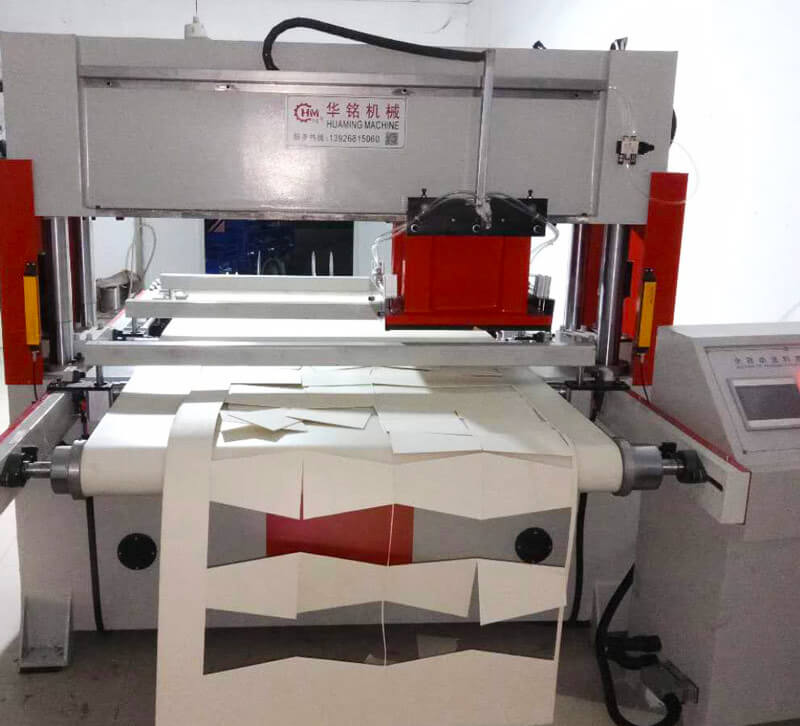
There are a few ways that the foam can be die-cut. If you need the foam quickly, you might use a steel knife to cut through the foam. But the most common option is to use steel die. A hydraulic ram will then press it into the foam, to cut it out. By doing this, you will be able to make sure that it meets the precise standards required to create a strong seal. This is known as flatbed die-cutting.
There are a few other die-cutting methods that might be used. If you only need a small foam gasket, you might want to use rotary die-cutting. As the name suggests, the die is attached to a circular tube. The material is then fed into the machine, where the tube rolls over the top. Similar to a rolling pin, this presses the required shape out of the foam.
Rotary die-cutting is known for its precision and consistency. Every foam gasket is the same size. Because of this, it might be used for large quantity order production. It’s also the best option if you are planning on making a lot of the same size foam gaskets at once. But usually rotory die-cutting machine is used for making small sizes gaskets with or without PSA adhesive backing.
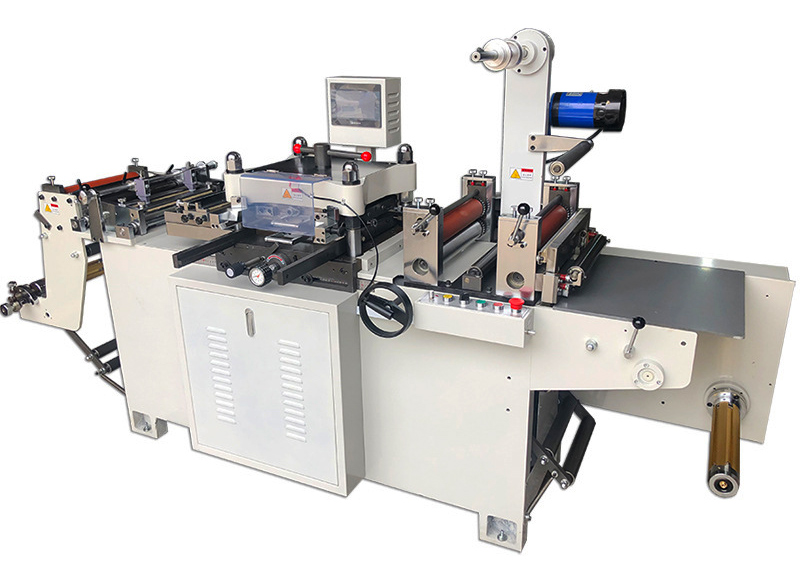
Finally, you might want to think about laser die-cutting for foam. Laser cutting technique does not require steel die mold for production. Laser cutter uses a laser beam to get the exact size and shape you are looking for. Unfortunately, cutting each gasket individually can take a long time. Laser cutting can be precise, also with high operation cost. Because of this, it is only effective for smaller orders.
INTRODUCTION OF FOAM GASKET APPLICATIONS
Open-cell and Closed-cell Foam Gaskets & Their Industrial Uses
A foam gasket plays an essential role, found in many types of machinery and industries. Knowing a bit more about the types of foam and how it is made can help you understand how it works. It can also come in useful if you want to make your own foam gaskets.
Foam gasket material can be incredibly flexible and versatile, a great solution in a wide range of applications. Foam gaskets come in a wide range of materials and designs, and there are many available options out there. With such variety on tap, it’s quite easy to find the offering you need for any given purpose.
Today, the range of applications of open or closed foam gaskets is incredibly vast and diverse. There are many manufacturing industries and niches that deeply rely on foam gaskets of various types, as these provide a very useful and cost-effective solution to various issues. Manufacturers who look for ways to reduce shock from vibration or seal vital components away from weathering will often rely on gaskets. Open and closed foam gaskets offer different perks. This is why either will come in handy on various specific applications.
Keep reading to learn more about the many applications of open-cell foam and closed-cell foam gaskets alike.
The Applications of Open-cell Foam Rubber Gaskets
Open cell foam gaskets are usually made of polyurethane foam. Open-cell foam is very versatile, and because of the way the cells are inherently ruptured and open, it can provide extra flexibility when it comes to adapting its shape. In addition, open-cell foam gaskets are usually lightweight when compared to their options.
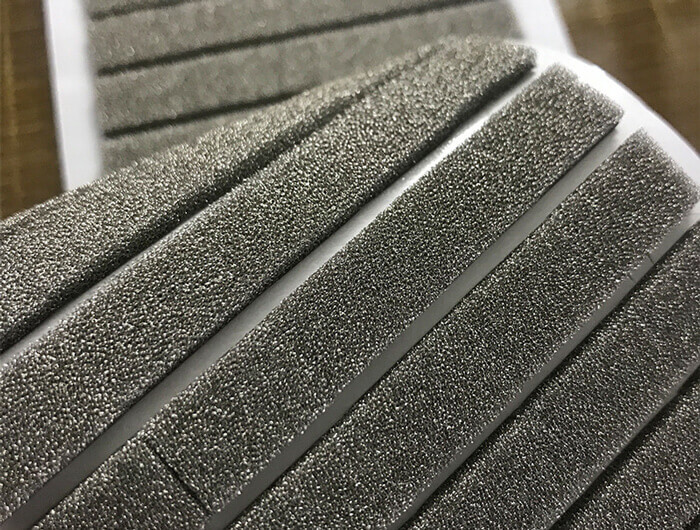
Open-cell foam gaskets also have very low compression set rates, meaning that they can easily recover their original shape and thickness after being compressed or weighed down by other objects, making them perfect for use in installations that require frequent motion or repeated use. Because of the low compression set, you’re likely to find open-cell foam gaskets in products that have many moving parts, which often require compression stress in the gaskets. The primary use of open-cell foam gaskets is to protect items or components from shock vibrations and movement.
The Applications of Closed-cell Foam Rubber Gaskets
Closed-cell foam is as versatile as open-cell foam in many ways, but there are some key differences. For instance, it will not regain its shape after being compressed for long periods. However, these gaskets make up for it by providing more durability and sturdiness. One of the most sought-after qualities of closed-cell foam is its water-resistant construction. This is the reason why it is often common to see outdoor or in products/installations that will face significant weathering.
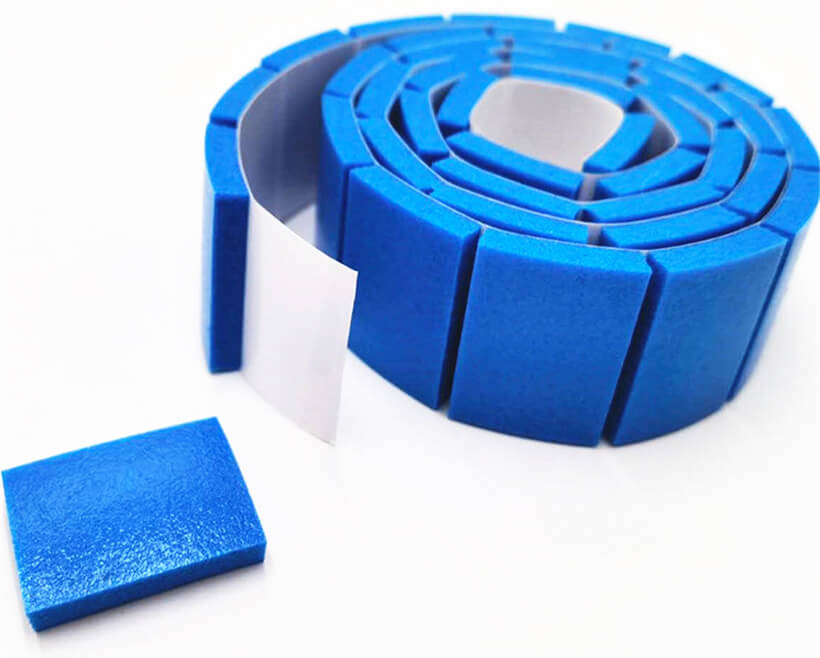
Unlike open-cell foam, closed-cell foam is mostly manufactured from crosslinked polyethylene foam, PVC foam, nitrile foam, and other materials whose properties are perfect for this particular purpose. The primary purpose of closed-cell foam gaskets is to seal sections off and provide protection from dust, debris, moisture, and weathering.
Sponge Gaskets Used in Various Industries
Foam gaskets are used across a wide variety of industries, and an exhaustive list would practically be endless. However, foam gaskets are prominent in the automotive industry, lighting, and electronics, among others. In addition to that, foam rubber gasket are prominent in the manufacturing of HVAC systems, various household appliances, as well as medical tools etc..
In conclusion, these are only some of the many gaskets available on the market. Gaskets come in many forms, shapes, and materials, including innovative designs using silicone as well as neoprene, only to mention a few.
FOAMTECH has been specialized manufacturer of all kinds of foam gasket with a wide range of foam materials including both closed cell and open cell foam. If you has any related foam gaskets to make, please feel free to contact our technical team without hesitation.



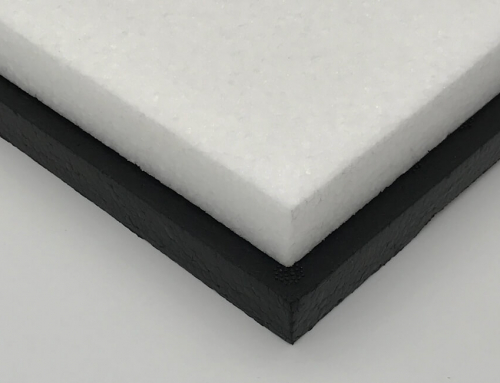
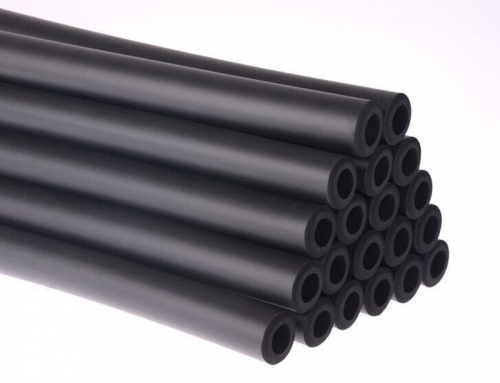
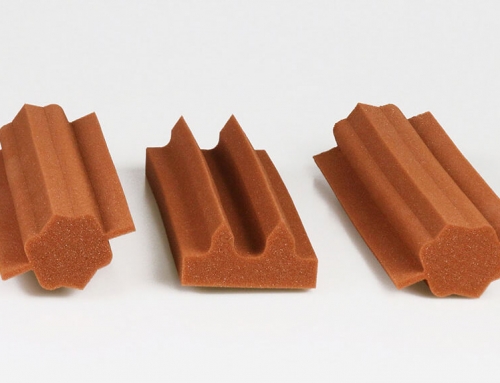
Leave A Comment